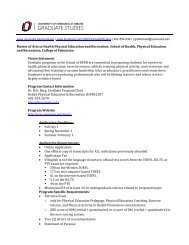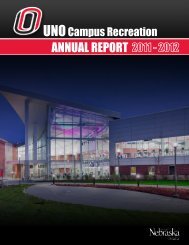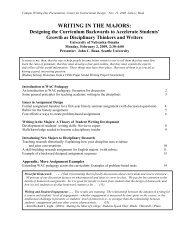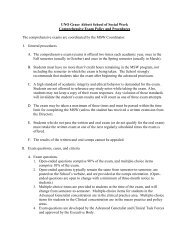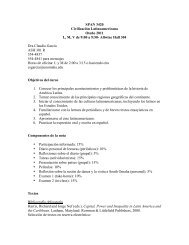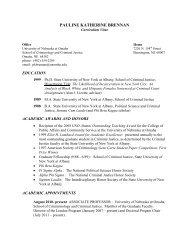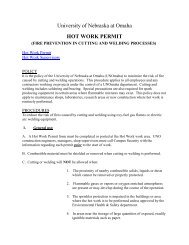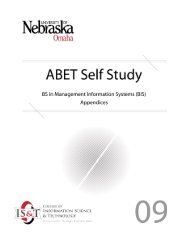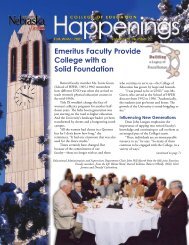TEACHING FOREIGN LANGUAGES IN THE PRIMARY SCHOOL
TEACHING FOREIGN LANGUAGES IN THE PRIMARY SCHOOL
TEACHING FOREIGN LANGUAGES IN THE PRIMARY SCHOOL
You also want an ePaper? Increase the reach of your titles
YUMPU automatically turns print PDFs into web optimized ePapers that Google loves.
As pupils need time to acquire a new language, it is important to offer them a natural, meaningful<br />
system for language development, which includes both interaction between teacher and pupils, and<br />
between pupils, for instance through working in groups.<br />
Indeed, there are two different ways of developing skills in a foreign language (Porcelli 1994).<br />
In the first way the foreign language acquisition develops similarly to the acquisition of child’s<br />
mother tongue – with no conscious attention to language form. In this way acquisition is an<br />
unconscious process, and is used to create spontaneous messages in the target language.<br />
Then there is a second way of developing skills in a foreign language, which should not be<br />
considered alternative, but complementary to the first way. In this second way learning is<br />
considered as a conscious process: the aim of this process is to develop conscious rules about the<br />
foreign language. Yet even grammar can be presented in a playful style (Bruner, Jolly and Sylva<br />
1981).<br />
For instance pupils can write short sentences on paper strips and color nouns and pronouns with a<br />
red, verbs with a blue, adjectives with a yellow, and articles with a green background. Then they<br />
can substitute each “brick” with another brick of the same colour: a noun with another noun or with<br />
a pronoun, a verb with another verb, and so on. In this way they can do grammatical exercises<br />
without getting bored, and practise not only an unconscious, but also a systematic methodological<br />
approach to language.<br />
A third important aspect of modern didactic methods is their “interdisciplinarity”, that is their use of<br />
other communication media that can help comprehension: pictures, mime, gestures, music, and so<br />
on.<br />
In the primary school most activities are aimed to develop perception and processing of different<br />
kinds of visual, auditory and gesture stimuli (Richieri 1988). For this reason, foreign language<br />
lessons can be integrated with graphs, tables, maps and charts (Taeschner 2002). Many terms and<br />
grammatical rules can be acquired “in a musical way”, through pronunciation exercises, popular<br />
music, hits and songs. Specific mimic and movements can be added to spoken or sung texts, and<br />
vice-versa, suitable songs and verbal texts can be uttered in walking/running along routes<br />
(Margarito 1991).<br />
Through organized play, singing, mimic activities, etc., teachers can help pupils to use and<br />
interchange the various languages, so becoming able to make better use of their physical, expressive<br />
and communicative means (Semola 1996).<br />
Conclusions<br />
To conclude, using music, mime, movements, etc. in teaching foreign languages in the primary<br />
school can be useful and effective to:<br />
- improve pupils’ overall/specific competence in the foreign language<br />
- develop multilingual interests and attitudes<br />
- increase pupils’ motivation<br />
- raise standards of attainment across the curriculum<br />
- develop an interdisciplinary approach to some subjects<br />
4




